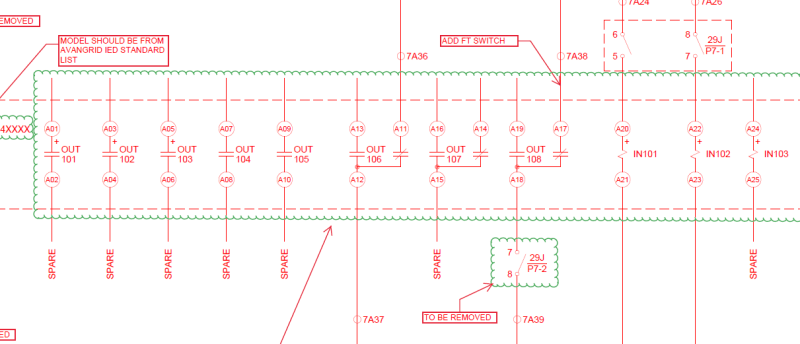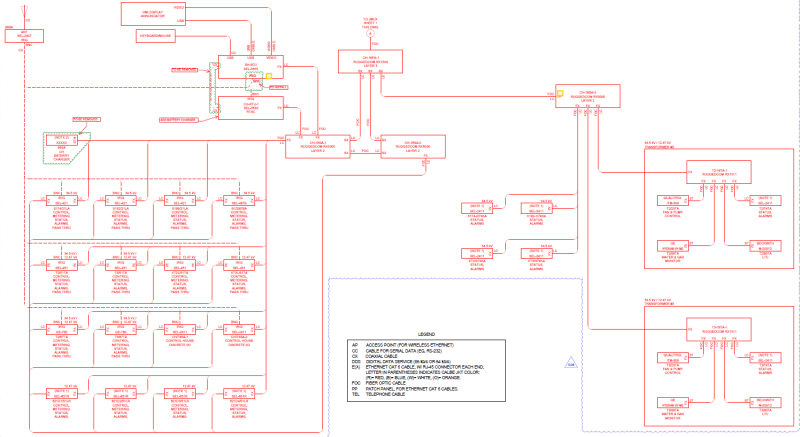@quantum-link
Testing a digital relay is really a combination of using the PC and some kind of voltage / current source. On a SEL the PC is used to program the relay, monitor the metering data, monitor element status and sometimes modify the logic to bring an element directly to a contact for sensing (fluke, test set, lamp, etc). There are some older Multilin (269?) motor relays that use the PC to set up internal simulations in the device without the use of an external AC source.
The SEL setting SW is free - it's called SEL 5030. You need to register with SEL with a company email address. If you look at manuals for early SEL relays (100 & 200 series), there are fairly explicit instructions on how to set up a test. The SEL SW has a built in terminal - which is key to understanding SEL relays. In old programming terms, one can peek and poke into the relay and assign specific relay or logic elements to an output and also monitor the state of internal bits. Incredibly handy for troubleshooting and commissioning.
Old GE & Westinghouse/ABB electromechanical relay manuals(IAC 53/CO-9) give suggestions on how to make a current source circuit. Basically a variac ($50-75 on ebay) & power resistor (again ebay), and an ammeter. A small control transformer can also be shorted on the secondary and have the primary voltage adjusted from a variac for similar results. Since you are in charge of what the settings are, keep the current levels (pickup) low, so you can run through a fluke and don't need to worry about burning things up (another lesson altogether in testing relays

)
Every SEL has an SER feature. Program it appropriately and use that to verify times (SEL goes into detail about this in testing section). You will need a USB to serial (db9) adaptor and a db9 null modem adaptor. SEL sells a cable that does all of this on one for about $75 or amazon / ebay for much less.
Up until about 25 years ago, many relays both EM and Static / digital could be tested with this method or some derivation of. There is even a SEL application note about using a Weller soldering gun to test SEL recloser controllers!
With this basic setup you can test 50/51, 27/59 elements. With a single phase source, you can test Ph-Ph and Ph-N elements. The basic tests for these elements are pick up and timing. Pick up for a 50 element is performed by slowly ramping up the current unit it is sensed (fluke, lamp, SEL LED, etc). Timing for a 50 is zero to above the setting. 51 and some 27/59 elements make have an inverse characteristic which is normally tested at 2-3 points on the inverse characteristic. SEL provides graphs and the equations in the book. Make an excel sheet to plot the time curves. The old EM books will show a double pole, single throw switch used both to initiate the AC source and start a timer. I imagine if you are handy, an Audrio can be programmed to time and display for a few dollars. Else ebay may have something cheap.
Ebay currently has a SEL 251 for $70. Perfect for what you may want. (the link was a mess to paste). There are some SEl-221F's which could also be used, but don't expect to test distance elements with a simple set up. The unit can be powered from 120VAC (or 125 DC), so cut up a 3 prong cord, fuse the hot and you have power. I made a small 125VDC power supply from a DC/DC converter for about $20, for the logic inputs.
SEL Manuals are free to download as well, once registered. SEL is also very generous with loaner relays. I have 2 units on long term loan for an IEC-61850 lab I built at the office.
One other thing that can be appreciated from this exercise is some of the dangers of the older methods and advantages of modern test equipment that provides 4-6 voltages and 6 currents, with test SW that can automate many tasks, play back COMTRADE (fault) records, play back defined sequences (from Aspen, Cape, etc) and trigger the starting of 2 test sets separated by miles (remote station) via GPS for End to End testing of transmission protection schemes.
Hop this helps!


